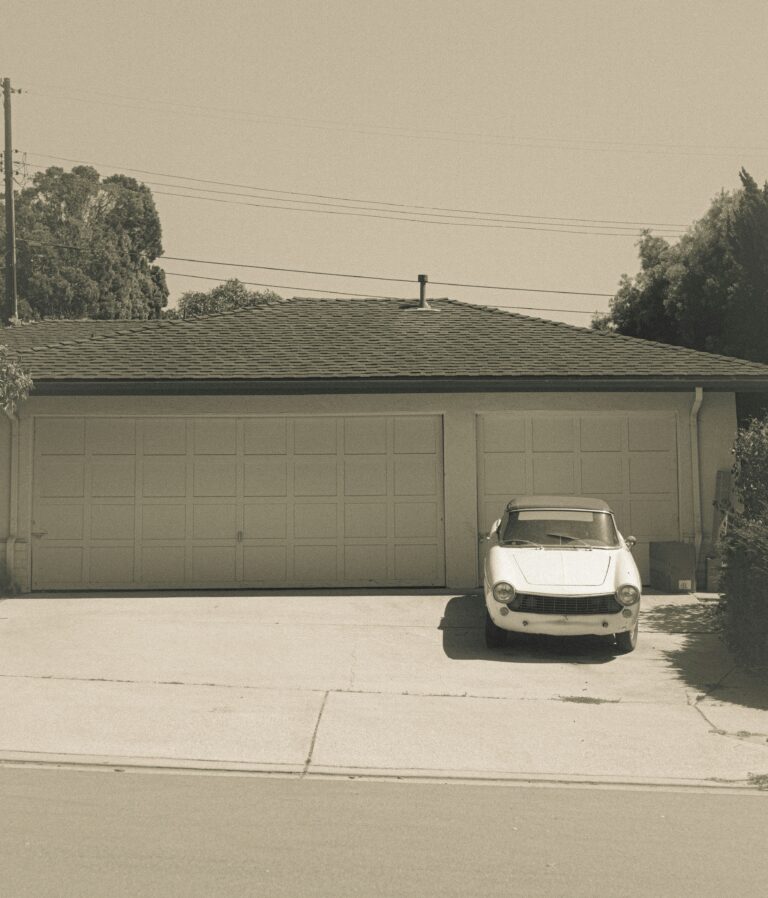
Car insurance isn’t just a legal requirement—it’s a financial safety net that shields you from unexpected costs, liability, and stress. Whether you’re a new driver or a seasoned road warrior, understanding car insurance is key to making informed decisions that protect both your vehicle and your budget. In this comprehensive guide, we’ll break down everything you need to know about car insurance, from coverage types to money-saving tips, all while keeping it relatable and jargon-free.
Why Car Insurance Matters More Than You Think
Let’s face it: accidents happen. Even the most cautious drivers can’t control every variable on the road. A split-second mistake, bad weather, or another driver’s negligence could leave you facing thousands in repairs, medical bills, or legal fees. Car insurance acts as a buffer against these risks, ensuring you’re not left footing the bill alone.
But car insurance isn’t just about compliance or avoiding fines. It’s about peace of mind. Imagine rear-ending a luxury car or causing an injury—without insurance, you’d be personally liable for damages that could bankrupt you. With the right policy, you’re not just protecting your car; you’re safeguarding your future.
Understanding the Basics: Types of Car Insurance Coverage
Car insurance policies aren’t one-size-fits-all. They’re built from a mix of coverage options tailored to your needs. Here’s a breakdown of the most common types:
- Liability Insurance
- What it covers: Injuries or property damage you cause to others.
- Why you need it: Legally required in most states. Covers costs if you’re at fault in an accident.
- Key terms: Bodily Injury Liability (medical bills, lost wages) and Property Damage Liability (repairs to others’ vehicles or property).
- Collision Coverage
- What it covers: Repairs to your own car after an accident, regardless of fault.
- Why you need it: Essential if you have a loan or lease. Protects your investment in newer or high-value vehicles.
- Comprehensive Coverage
- What it covers: Non-collision damage (theft, vandalism, natural disasters, hitting an animal).
- Why you need it: Adds a layer of protection for unpredictable events. Often required by lenders.
- Personal Injury Protection (PIP)
- What it covers: Medical expenses for you and passengers, plus lost wages or funeral costs.
- Why you need it: Mandatory in “no-fault” states. Ensures quick access to care without waiting for fault determinations.
- Uninsured/Underinsured Motorist Coverage
- What it covers: Costs if you’re hit by a driver with no insurance or insufficient coverage.
- Why you need it: Rising numbers of uninsured drivers make this a smart addition.
Factors That Influence Your Premiums (and How to Control Them)
Insurance companies assess risk to determine your rates. While some factors are beyond your control, others can be managed to save money. Let’s explore both:
Factors You Can’t Change
- Age: Statistically, teens and seniors face higher risks, leading to pricier premiums.
- Location: Urban areas with heavy traffic or high theft rates = higher costs.
- Driving Record: Past accidents or violations (e.g., DUIs) signal risk to insurers.
- Vehicle Type: Sports cars and luxury vehicles cost more to insure due to repair costs and theft rates.
Factors You Can Influence
- Credit Score: Insurers often link poor credit to higher claim likelihood. Improve your score by paying bills on time and reducing debt.
- Deductible Amount: Opting for a higher deductible lowers premiums—but ensure you can afford it if you need to file a claim.
- Mileage: Drive less? Ask about low-mileage discounts.
- Safety Features: Anti-theft systems, airbags, and collision avoidance tech can qualify you for discounts.
- Bundling Policies: Combine auto + home/renters insurance with the same provider for savings.
Top 7 Mistakes Drivers Make with Car Insurance (and How to Avoid Them)
Even savvy shoppers can fall into traps that cost them money or coverage. Here are the most common pitfalls:
- Choosing Minimum Liability Limits to Save Money
- The risk: State minimums (e.g., $25,000 bodily injury per person) may not cover severe accidents, leaving you personally liable for excess costs.
- The fix: Opt for higher limits (e.g., 100/300/100) for better protection.
- Overlooking Discounts
- The risk: Missing out on savings for good driving, safety courses, or affiliations (e.g., alumni groups).
- The fix: Ask your insurer for a full list of discounts—then qualify for them.
- Assuming Full Coverage Means “Everything Is Covered”
- The risk: “Full coverage” typically means liability + collision + comprehensive, but gaps (e.g., rental car reimbursement) may exist.
- The fix: Review your policy line by line with an agent.
- Not Updating Your Policy After Life Changes
- The risk: Marriage, moving, or adding a teen driver can impact rates. Failing to update your insurer may void coverage.
- The fix: Report changes promptly to adjust your policy.
- Loyalty to One Insurer Without Shopping Around
- The risk: Insurers reward new customers, not long-term ones. Loyalty can cost you hundreds yearly.
- The fix: Compare quotes every 2–3 years.
- Ignoring Your deductible
- The risk: A low deductible means higher premiums; a high deductible could strain your finances post-accident.
- The fix: Balance affordability with emergency savings.
- Not Understanding What’s Excluded
- The risk: Policies exclude certain scenarios (e.g., rideshare driving, commercial use).
- The fix: Disclose how you use your car to ensure proper coverage.
How to Compare Car Insurance Quotes Like a Pro
Shopping for car insurance isn’t just about finding the cheapest rate—it’s about value. Follow these steps to make smart comparisons:
- Gather Your Data: Have your driver’s license, vehicle VIN, current policy, and driving history ready.
- Compare Apples to Apples: Ensure quotes include identical coverage types, limits, and deductibles.
- Check Insurer Reputation: Research customer service ratings (J.D. Power, AM Best) and claims satisfaction (Consumer Reports).
- Look Beyond Price: Consider perks like accident forgiveness, vanishing deductibles, or 24/7 claims support.
- Ask About Payment Plans: Some insurers offer discounts for paying annually vs. monthly.
The Future of Car Insurance: Trends to Watch
The car insurance industry is evolving rapidly. Here’s what’s on the horizon:
- Usage-Based Insurance (UBI): Pay-as-you-drive programs using telematics devices or apps to track mileage, speed, and braking habits. Safe drivers save big.
- AI and Automation: Faster claims processing via chatbots and image recognition for damage assessments.
- Electric Vehicle (EV) Coverage: Specialized policies for EVs, covering battery replacement and charging equipment.
- Cybersecurity Add-Ons: Protection against hacks for connected cars with built-in Wi-Fi and software.
Final Thoughts: Car Insurance as an Investment in Peace of Mind
Car insurance isn’t just another bill—it’s a strategic tool to protect your finances and future. By understanding your options, avoiding common mistakes, and staying proactive, you can secure coverage that fits your lifestyle without overpaying. Remember, the goal isn’t to find the cheapest policy, but the one that offers the best value and security for your unique needs.
Take the time to review your policy today. Update your coverage, ask questions, and shop around. Your wallet—and your future self—will thank you.
Ready to Save? Start Comparing Quotes Now!
Don’t settle for overpriced or inadequate coverage. Use online tools to get personalized quotes from top insurers in minutes. The right policy is out there—you just need to look. Safe driving!



























